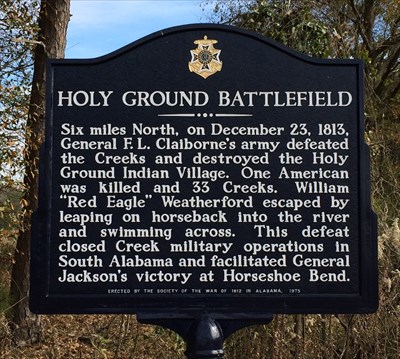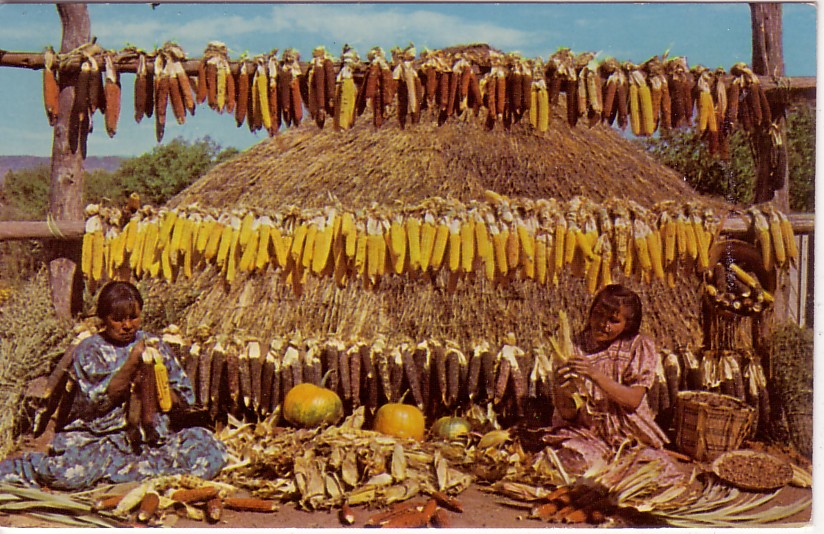The CSS Alabama Was The Most Deadly Ship In The Confederate Navy
The CSS Alabama was the most celebrated and successful Confederate raiding ship of the Civil War and became a media sensation.
It became so successful, that it quickly spread panic throughout not only the pro-Union merchant fleet; it also interfered with their ability to do what they wanted to do to the Confederates.
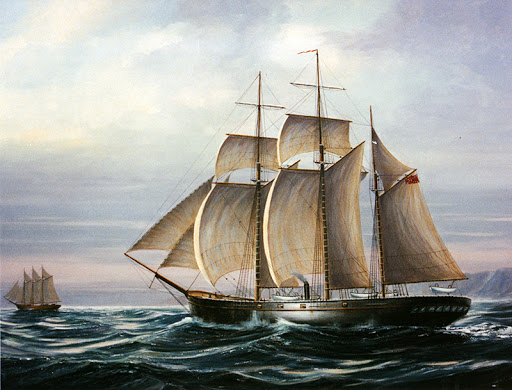 The CSS Alabama
The CSS AlabamaOne of the major objectives of the Union navy was to blockade the Confederate southern ports, but because of this notorious vessel's success, it distracted this primary goal.
Because of the success it was enjoying, it provided a huge moral boost to the entire Confederate cause.
It was a screw sloop-of war and was built in 1862 for the Confederate States Navy by the English.
It was considered to be one of the most modern ships ever built during this time frame, as it was a propeller driven ship.
With the introduction of the steam engine, ships like the CSS Alabama that were driven by propellers, had a huge advantage over ships that still relied on paddle wheels to drive their ships propellers.
The wreck of this famous ship was discovered in 1984, which only added more intrigue to the list of folklore stories that surrounded it.
The History of the CSS Alabama
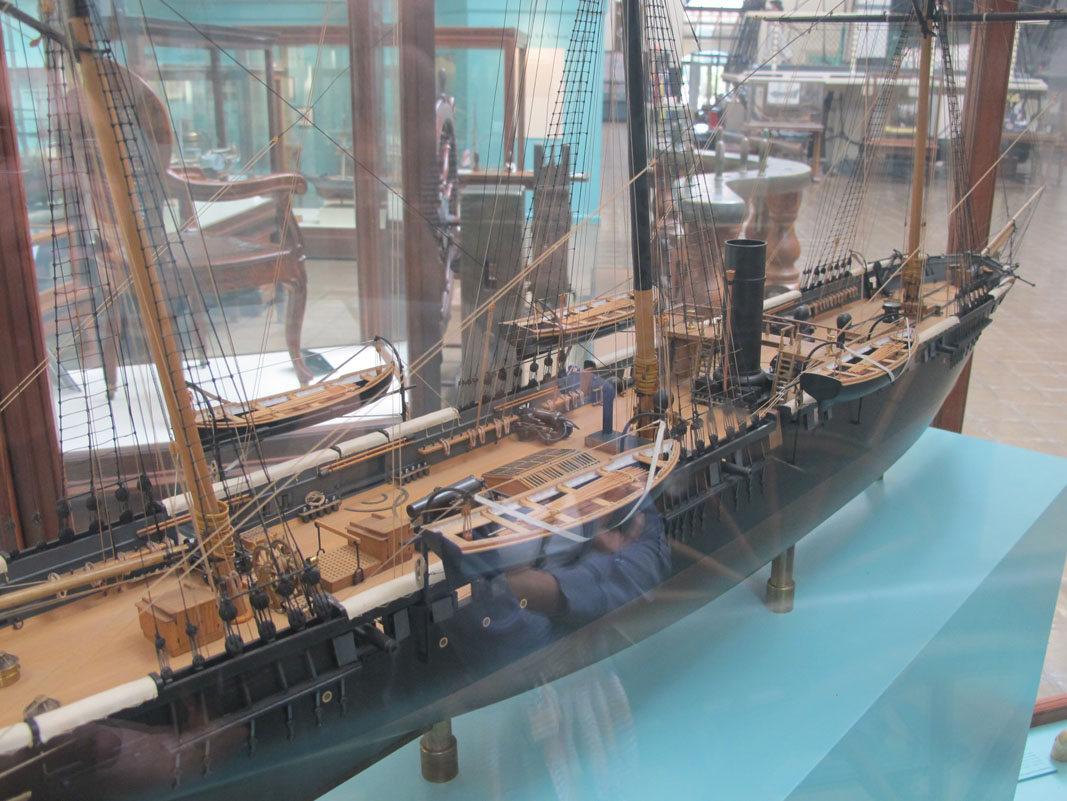 Model Of The Confederate Ship The CSS Alabama
Model Of The Confederate Ship The CSS AlabamaThe CSS Alabama, once it was built in England, was manned by an English crew, but was operated and commended by Confederate officers.
It served as the Confederate’s navy most successful commercial raider, as its major focus was to attack both merchant as well as naval ships of the Union army.
It conducted numerous raids on these two factions of the Union, but there were seven expeditionary raids that really stand out.
It became so successful at what it was designed to do, that between the summer of 1862 and 1864, it captured 65 United States vessels.
It also sank one Union warship during this same time frame, all of which made it an instant media sensation.
The Confederate States secretly contracted with the Laird Brothers shipyard at Birkenhead in the United Kingdom, to build this powerful warship.
The CSS Alabama also had another well-known name, the “290”, because of its massive size.
Once it was fully built, it was a whopping 220 feet long and over 32 feet wide, and could be run by wind power or steam power.
However, because of its unique “retractable propeller”, it made it much faster than other naval warships at the time, and most merchant ships stood no chance against it.
This “retractable propeller” also allowed it to conserve on the amount of coal it had to use, and its collapsible smokestack also added to its speed.
Once the smokestack was fully collapsed, it was built to be driven by wind.
The commander of the CSS Alabama was Captain Raphael Semmes from Maryland.
The ship was equipped with six naval guns, which included two large caliber pivots that were mounted on revolving tracks for more versatility.
Once the ship was fully manned, he tempted the British sailors with promises of prize money for any vessels they captured, much like the Pirates used to do.
After it officially sailed in August of 1862, it only took a few weeks to claim its first “bounty”, a whaling ship that had just left Martha’s Vineyard in Massachusetts.
The CSS Alabama continued to prey of the Unions whaling fleet, and once it caught them, took their supplies and burned them, Capt. Semmes would take their crew as prisoners.
He kept some of these prisoners as part of his crew, but in most cases, he would release them and put them on another ship he had captured to return home
There were however, seven expeditionary raids that really stood out and they included the following.
The Most Successful of the CSS Alabama Expeditionary Raids
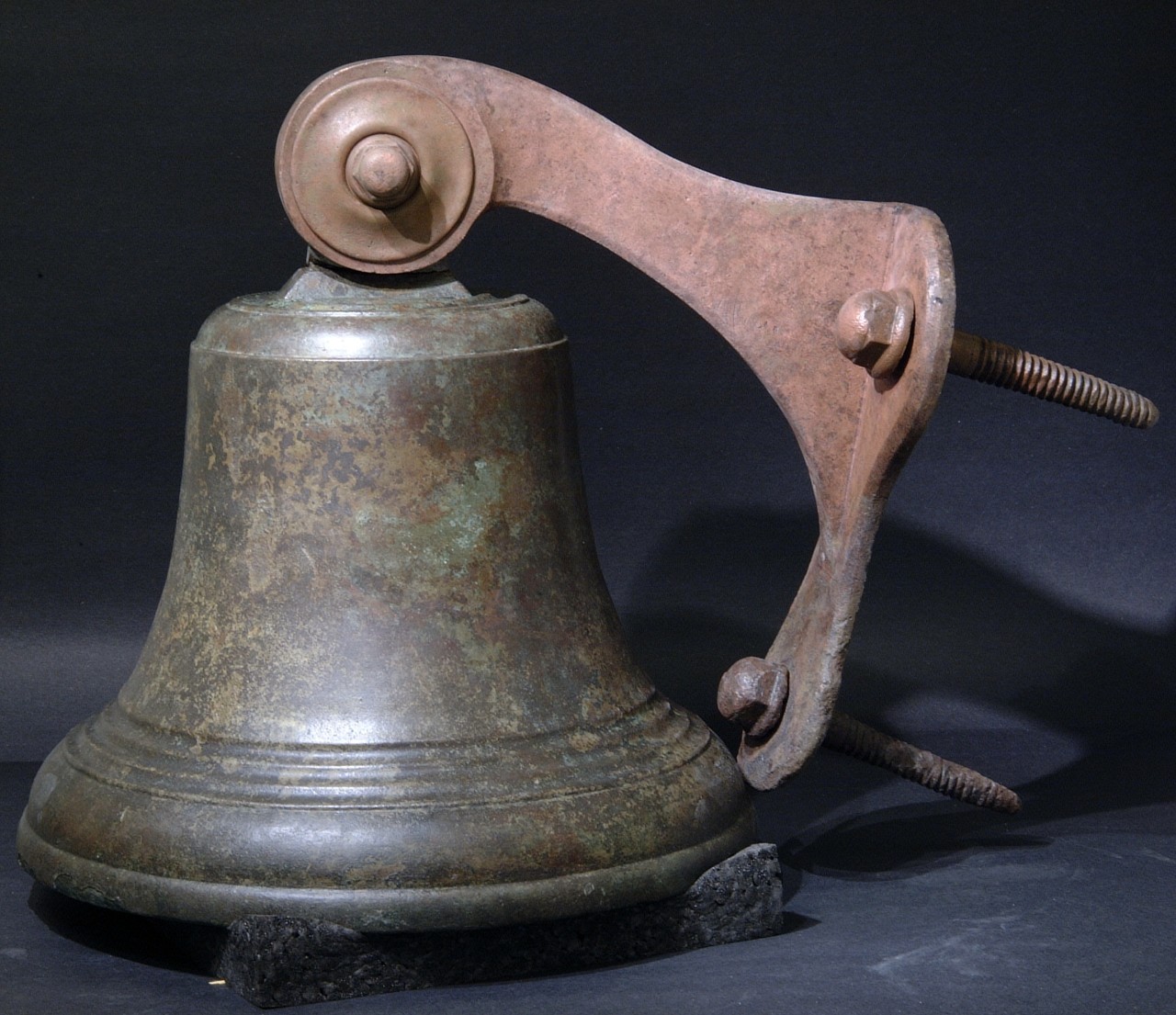 The Original Bell From The CSS Alabama
The Original Bell From The CSS Alabama- The Eastern Atlantic Raid
- The New England Raid
- The Gulf of Mexico Raid
- The South Atlantic Raid
- The South African Raid
- The Indian Ocean Raid
- The South Pacific Raid
The first of these expeditionary raids was the Eastern Atlantic raid, which occurred between August and September of 1862.
This raid included not only the whaling ship from Martha’s Vineyard, but nine other ships that were primarily whaling ships.
The next major raid by the CSS Alabama was the New England raid, which occurred between October and November of 1862.
This raid took place along the Newfoundland and New England shores, where the “290” caught, ransacked, and then burned ten other ships and released three others.
The Gulf of Mexico raid was next, and it took place in December of 1862 and January of 1863, and its target was the supply vessel, the CSS Agrippina.
Shortly after this capture, she also sank the Union’s USS Hatteras.
The South Atlantic raid was next and it as a longer raid that started in February and ran until July of 1863.
This raid was perhaps the most successful, as during it, the CSS Alabama ransacked over 29 ships off of the coast of Brazil.
From there the “290” went to South Africa and in August and September of 1863, she attacked more ship with the help of the CSS Tuscaloosa.
The Indian Ocean Expeditionary raid was next, and this went from September to November of 1863.
During this raid the “290” successfully evaded the Union warship the Wyoming, and caught, ransacked, and burned three more vessels.
Her last major raid was in December of 1863 in the South Pacific, where she took even more ships in the Strait of Malacca, before she returned to France.
Once in France, the crew made much needed repairs after her nearly 20,000-mile journey in the world’s oceans.
However, even with all of her victories for the Confederate Navy, their armies were severely beaten in Vicksburg and Gettysburg.
Things only got worse for the Confederate States as the Union warship, the USS Kearsarge, had also arrived off the coast of France.
The USS Kearsarge was considered a superior ship to the CSS Alabama, so Caption Semmes did the only thing he could do; he ran.
He took the “290” back to sea on June 19, 1864, and the naval battle was underway as the USS Kearsarge went after her.
The CSS Alabama landed the first shot, but its luck was short lived, as the crew of the Union ship was better trained.
The Union ship’s gunners basically slaughtered the Confederate gunners, and Capt. Semmes took flight again.
However, it was too little too late, and the “290” sunk off the coast of France.
With her went several crew members and officers, and those that did not die were captured by the USS Kearsarge.
However, it was later discovered that not all aboard the “290” had died, as Capt. Semmes and most of his officers were rescued by a British yacht.
The wreck of the CSS Alabama was discovered in 1984, seven miles off the coast of France.
The ships Blakely gun was recovered ten years later, and to everyone’s surprise, it was still fully loaded.
In the year 2002, several of this famous Confederate ship artifacts were recovered, and are today located at the Washington Navy Yard, in Washington D.C.
References
http://www.encyclopediaofalabama.org/article/h-973
The Military History of Alabama

Alabama Gift Store
Numerous Items for You and Your Family to Enjoy
See it here at the Gift Store
Copyright 2019-2023 Alabamabackroads.com
All Rights Reserved
